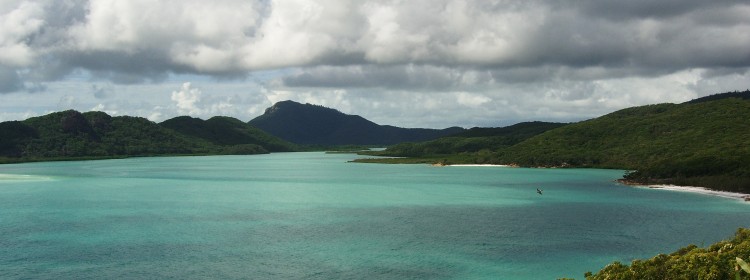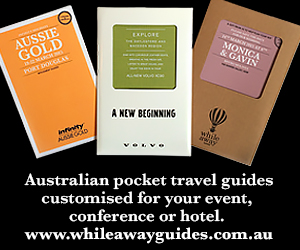A colleague, a single gent aged 40, has just come back from a long weekend, four-day, break, escaping Sydney’s chill for the warmth of northern Queensland.
While the beach was terrific, and he has fond memories of strolling along the strand in 27-degree sunshine on his last morning at the resort, he appreciates now more than ever why more and more Australians are choosing to holiday in Asia.
When he arrived at the five-star hotel, no one greeted him at the front door, the reception generally was indifferent, and no one offered to help him with his bags.
His room, while adequate, was nowhere near the five-star standard he’d experienced in Asia, and set him back more than $300 a night. The restaurant was overpriced, and the cost of breakfast, which was ordinary, exceeded thirty dollars. When he was looking to have a relaxing drink outside on the Sunday evening, he discovered that the poolside bar was closed at 5pm.
When, by five o’clock one day, his room hadn’t been made up, he called housekeeping to ask if they’d forgotten him. A hotel staff member replied snippily, “we’ll get to you, we’re short-staffed.”
My colleague believes his experience of five-star, or luxury resort accommodation (ie, under $500 per night) points to a bigger issue: one of Australia’s inability to be competitive with its Asian and Pacific tourism destination counterparts in high-end accommodation.
The Australian properties, especially in non-urban centres, he says, are at best poor cousins of their competitors. “I find they’re understaffed, services and facilities are perfunctory and governed by strict safety rules and regulations, rooms are clinical [read low-maintenance], and furnishings are spartan and/or ageing and outdated.”
His experience, frankly, is not unusual. That may be why, according to the Australian Bureau of Statistics, the number of Australian residents travelling overseas for trips of less than a year has grown at an unprecedented rate in recent years. In the 12 months to June 2010, 6.8 million overseas trips were made by Australians, up from 2.1 million two decades earlier. And in 2012-13, numbers had grown again, with 8.4 million Australian residents departing short-term.
Emotional considerations aside – such as the officiousness of some Australian staff who dress down non-complying or ‘whingeing’ guests, and the apparent unease that Australian hospitality service staff at times demonstrate towards serving other Australians – my colleague acknowledges the problem is linked to intractable economic issues. These include the strong dollar, falling foreign tourism numbers, a serious skilled labour shortage and the high cost of labour.
“I don’t believe there’s an easy answer, or that indeed it’s just a matter of Australia ‘pulling its socks up’,” he adds. “Without huge structural change in the economic make-up of the high-end tourism accommodation offering, there’s little prospect of this changing any time soon.”
Nevertheless, the first step in addressing any problem, always, is to acknowledge that it exists.





